|
|
|
|
|
|
|
|
Photo Gallery for Ambystoma opacum - Marbled Salamander
| 50 photos are available. Only the most recent 30 are shown.
|
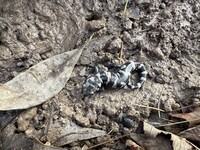 | Recorded by: Paul C. Hart
Harnett Co. | 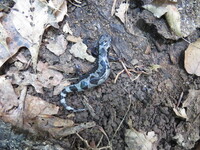 | Recorded by: B. Bockhahn
Chatham Co. |
 | Recorded by: Caleb Garner
Wake Co. | 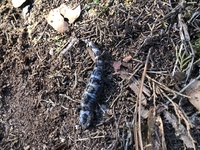 | Recorded by: Caleb Garner
Wake Co. |
 | Recorded by: Rob Van Epps
Mecklenburg Co. | 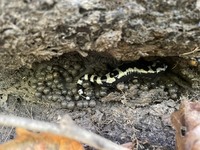 | Recorded by: L. Osteen
Orange Co.
Comment: Guarding eggs. |
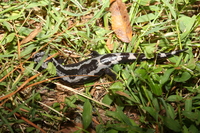 | Recorded by: David George
Orange Co. | 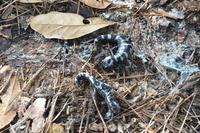 | Recorded by: K. Bischof
Beaufort Co. |
 | Recorded by: Steve Hall
Orange Co. |  | Recorded by: Jennifer Smith & Michael P. Morales
Cumberland Co. |
 | Recorded by: Jennifer Smith & Michael P. Morales
Cumberland Co. | 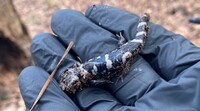 | Recorded by: J. Hawley
Beaufort Co. |
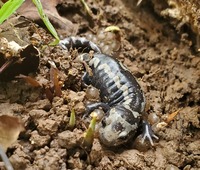 | Recorded by: L. Osteen
Orange Co. |  | Recorded by: J. Mickey
Surry Co. |
 | Recorded by: A. Early
Stanly Co. |  | Recorded by: L. Purvis, L. Farr
Chatham Co. |
 | Recorded by: L. Purvis
Chatham Co. |  | Recorded by: R. Swikle, To. Johnson, A. Early
Stanly Co. |
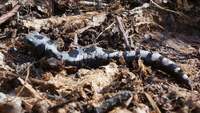 | Recorded by: N. Bowman
Yadkin Co. |  | Recorded by: Morgan Freese
Durham Co. |
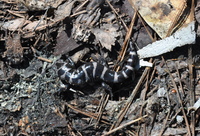 | Recorded by: K. Bischof
Beaufort Co. | 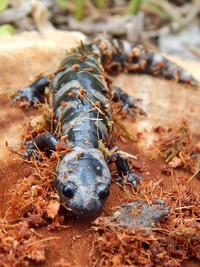 | Recorded by: k nealson
Orange Co. |
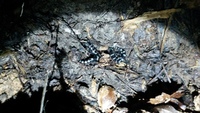 | Recorded by: K. Sanford
Camden Co. | 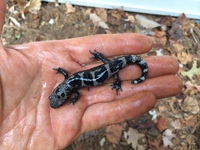 | Recorded by: K. Bischof
Burke Co. |
 | Recorded by: N. Crider
Beaufort Co. | 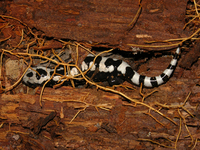 | Recorded by: Owen McConnell
Durham Co. |
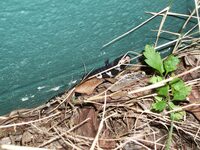 | Recorded by: K.Trotter
Stanly Co. | 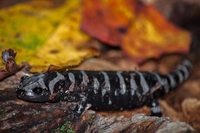 | Recorded by: J. Davidson
Harnett Co. |
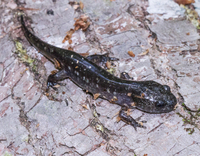 | Recorded by: Steve Hall and Harry LeGrand
Northampton Co.
Comment: A young juvenile that was under a log next to a large pool. | 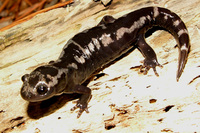 | Recorded by: Owen McConnell
Durham Co. |
|

 »
»
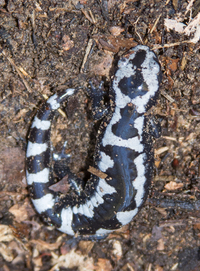
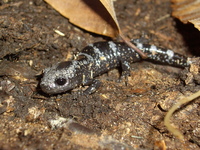


 »
»


